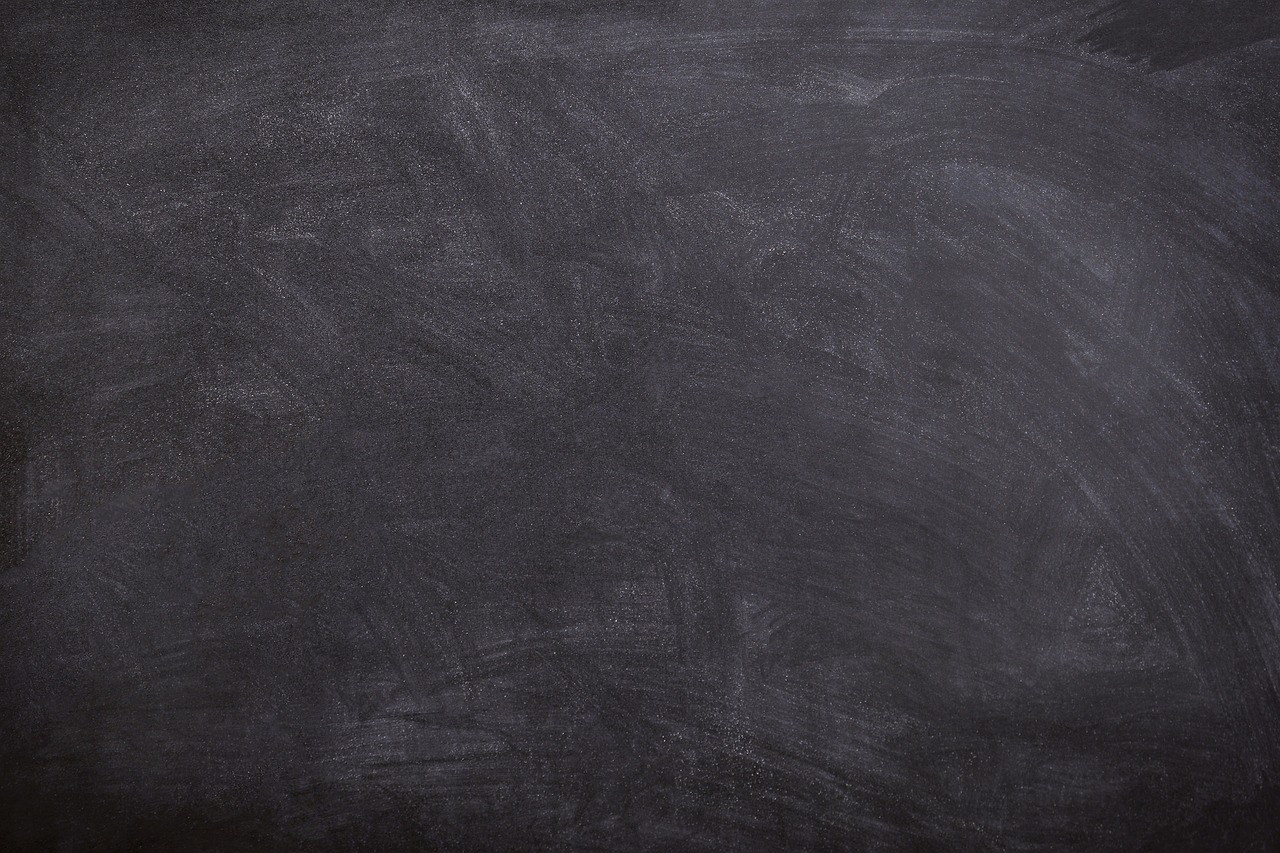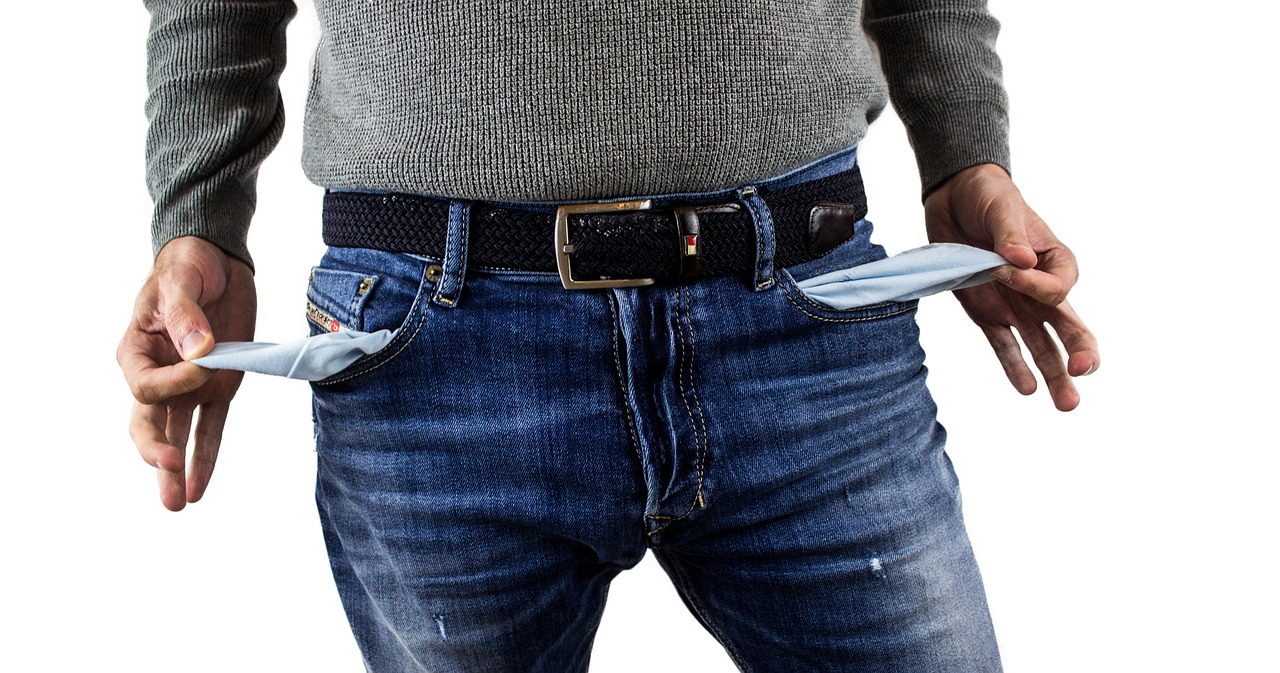It sucks not to have money. I know. You can’t go anywhere, and you feel miserable. The worst part is that the scenario keeps playing itself over and over again. And you don’t know how to change it. The good news is that knowing how to stop being broke puts you on a financial trajectory that ensures you’re never without money again.
Once you’re on that path, you won’t understand how you ever allowed yourself to be without money. It’s actually easy to have savings, but it’ll require you to make changes. You can’t expect a different outcome if you remain the same. Once you decide to change, everything changes.
How Not to Be Broke
The reason you’re broke is because you made bad financial decisions. You need to admit that to yourself, so you can stop playing the victim and realise that change is within your control. Say out loud, “I’m tired of being broke, and I’m going to do whatever it takes to change my financial situation.”
The only time people make drastic changes is when their situation has become so unbearable that the discomfort forces them to make different decisions. I really hope you’re at that stage. If not, you should be.
The best thing that happened to me when I was broke is that I didn’t care what anyone thought about me. The status I thought my fancy BMW gave me no longer held any appeal. I no longer needed my iPad or to wear designer labels. None of those things mattered because I associated those items with being broke.

I was broke because I bought stuff that gave me status and comfort. I was also living above my means. That was too close for comfort. In fact, I took a big risk by living the lifestyle I did, which eventually resulted in me living in my car on the side of the road.
Yep, I was homeless.
I was the richest homeless man, living in a BMW. Too bad that I had defaulted three months on the vehicle finance, and the bank repossessed the car. That really happened, and it sucked like you won’t believe.
Just think how close you are to being on the street. For most households living paycheck to paycheck, they can be on the street next month if they lose their income. Don’t let that be you. You’d be surprised as to how surreal the experience is and that it can happen to you.
Make a change today.
The First Step to Stop Being Broke
You need to form new money habits. Money management is a habit that has been solidified through conditioning. You’ve been conditioned to be a spender, and you need to become a saver. The only way to convert to a saver is by reconditioning yourself. This won’t happen overnight, but it’s best you start right now to expedite the process.
It takes more than two months to form a new habit. I would not be surprised if you need six months to shake off the frenzy of spending sprees.
Set a goal for yourself to save $100 by the end of the month.

It’s only one note of Benjamin Franklin. You can do this.
Here’s How…
Make a list of your expenses excluding housing, transportation and debt. The list should consist only of expenses such as clothing, eating out, entertainment, etc. I’m assuming that you’re current on your debts.
Choose one of the expenses that you know you should reduce. There are likely to be several, but choose one for now. It’s important that you know the exact amount you spend on this expense so that you can reduce it by $100.
If you’ve chosen takeaways, you actually need to reduce it by $200 because $100 will be for the increase in home-cooked meals, which should be equivalent to $200 in takeaways. And the other $100 will go into savings—more on that below.
Other expenses that don’t need to be substituted such as clothing and entertainment, you can reduce by $100.
As an example, if you spend $500 monthly on takeaways, your target is going to be $300. Once you reach it, no more takeaways for the month. To ensure you don’t spend the $100 (the other $100 is added to your groceries bill), deposit it as soon as you get paid into a fixed deposit account that earns interest and has a maturity date of twelve months or longer.
I don’t need to tell you that you shouldn’t be using your credit card to fund expenses. Debt is evil, and you’ll likely exceed the chosen expense by funding it with a credit card when you run out of cash.
Onto the Second Month
In the second month, you’ll reduce the expense by another $100. When you get paid, you’ll deposit $200 into the fixed deposit account. That means your takeaway expense will be reduced by $300 since starting the exercise.
Keep increasing the reduction by $100 every month and the fixed deposit account until your takeaway expense is zero.

The next step is to target another expense. Let’s use clothing as an example. You’re going to reduce it monthly by $100 until it’s eventually zero while funding the fixed deposit account. If you can reduce two expenses in one month, even better. The more you reduce, the less broke you’re going to be.
The goal is to reduce every non-essential expense to zero.
Don’t look at the fixed deposit account balance for at least six months. After six months, take a peek and then continue the deposits. Look at it after twelve months, and you’ll be surprised to discover that you have more than $1000.
You might think that $1000 is chump change. If so, why don’t you have it now?
During my broke days, I learnt that I needed to know how to manage $100 before I could manage $1000 and eventually $10,000.
Final Thoughts on How to Stop Being Broke
I can tell you that you need to live below your means and save money. Everybody knows that. But you need to start somewhere. And the advice I provided is practical and will recondition you to become a saver. It will do wonders for your fixed deposit account.
The extra money in your bank account will not only provide a passive income, but it’s your first step to financial freedom. You’ll be sickened by the thought of spending money and having credit card debt. Saving money and working towards your financial goal will become a priority.
Challenge yourself to decrease your expenses as much as possible. I recommended $100 to get you started, but you can make it $200 and even higher.
If you really want to optimise the rewards, check out my article How to Stop Living Paycheck to Paycheck and Save a Lot of Money. It will help you become intense so that you get out of debt quickly and build a healthy savings account.
Choose one expense you’re overspending on. It can be clothing or takeaways. Know exactly how much you’re spending on that expense monthly and make a commitment to reduce it by $100. Once you’ve reached the reduced limit, you don’t spend on that expense for the remainder of the month. Deposit $100 into a fixed deposit account as soon as you get paid.
CHECK OUT MY NEW BOOK — From Homeless to Debtless with Savings
READ NEXT: How to Stop Living Paycheck to Paycheck and Save a Lot of Money





Leave a Reply